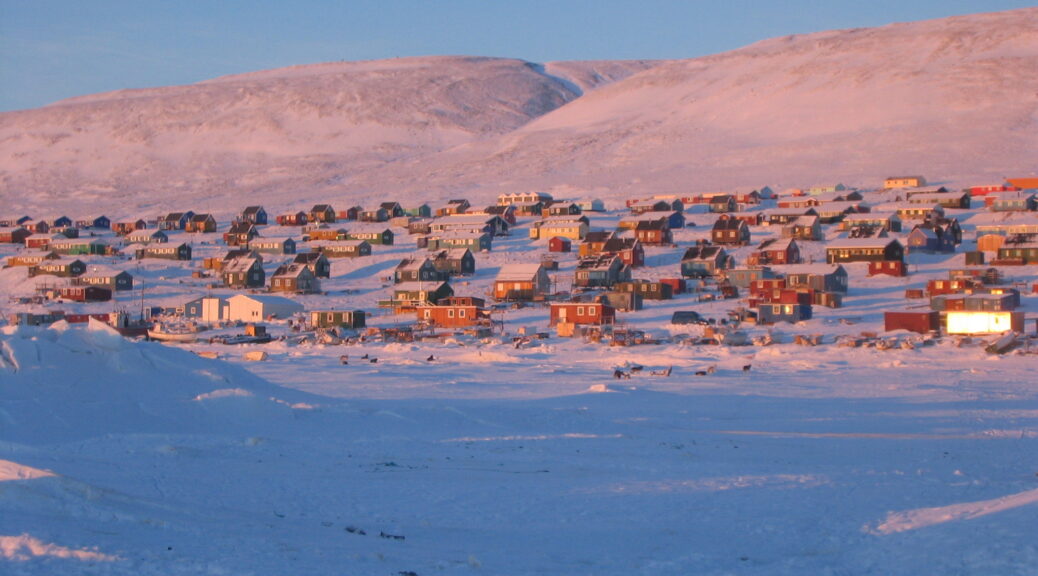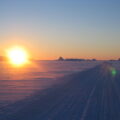Qaanaaq, the Northernmost village in Greenland is a very special place. Founded in 1953 when the original inuit population was forcefully evacuated from Thule Air Base, now 650 inhabitants remain. The history of Qaanaaq is fascinating and descendants of the Polar Explorers Robert E. Peary and Matthew Henson still walk the streets of Qaanaaq today.
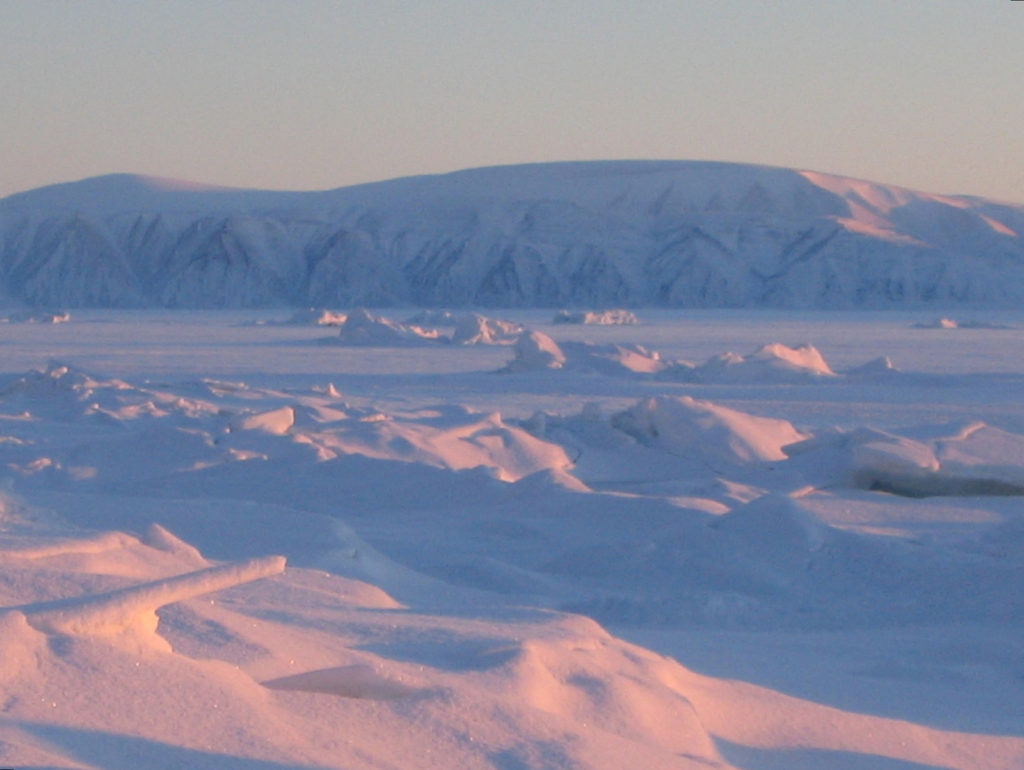
So far north, the sun is permanently down between November and February, and permanently up between June and August. Temperatures in winter may drop to below minus 50°C. We are even too far north for the Northern lights. It is an arctic desert, with little, if any snow even in winter. The Qaanaaq fiord is frozen 9 of 12 months and only a couple of ships a year pass by with supplies, the last one in August. Trucks drive out on the frozen fiord to collect chunks of icebergs, which supply Qaanaaq with drinking water during the Arctic Winter. You are the only doctor here. The next settlement on the Coast is Upernavik, 1:30 hours south by plane, one plane a week.
I worked as a doctor in Qaanaaq in 2006 and again in 2013.
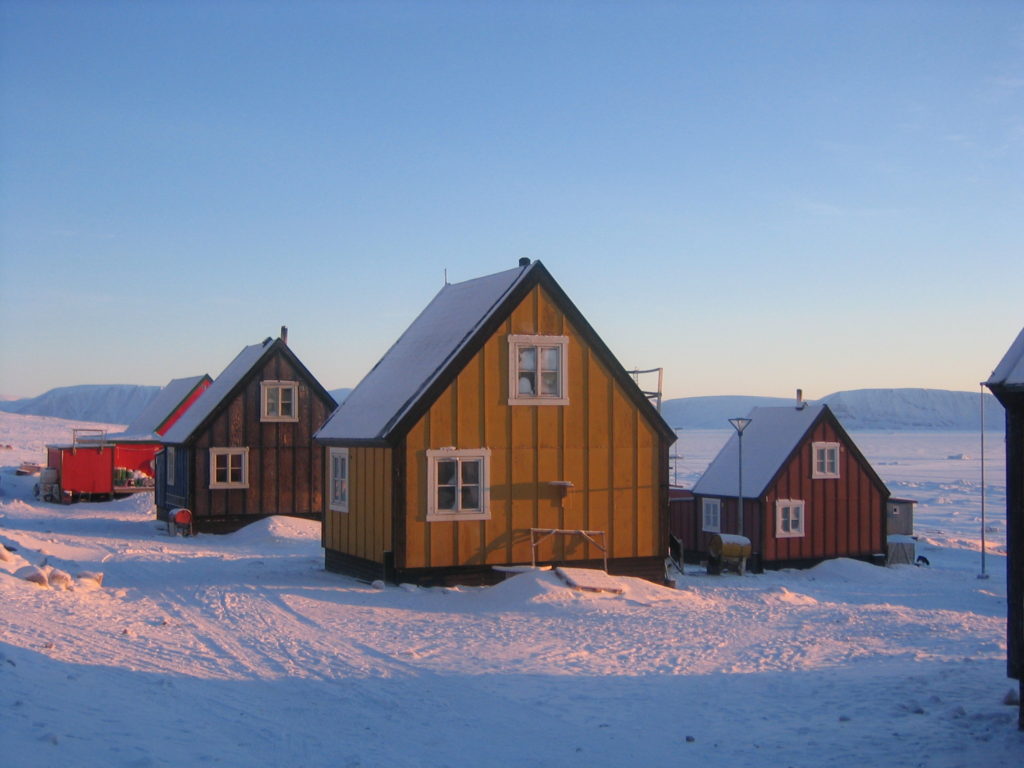
07:30 January. The middle of the Arctic Winter. While the sun is never up, it is not pitch dark all day, as reflections of light shimmer over the flat mountains. Some people suffer depressions in this eternal darkness. I think it is wonderful. I have an entire house at my disposition, right next to the hospital. First I empty my toilet bag (there is no cloacal system here) and place it outside the house to be collected. It is minus 35 °C. After a quick coffee I run the 200 meters to the hospital.
08:00 Morning meeting at the hospital. It is Wednesday: Surgery day. Thursday is for vaccinations, Tuesday for examining children. Today we have two abortions scheduled. If I was not able to perform them, they would have been sent down south to Upernavik or Ilullissat.
09:00 Patient consultations begin: Two patients present with a common cold. One needs his diabetes controlled. One child presents with a rash. I need an interpreter for the majority of the consultations, as especially the younger patients do not readily speak Danish. 3 patients per hour are booked. While this may not seem a lot, the lack of prior knowledge of the patients as well as the need of translation makes it appropriate.
09:30 A hunter has been out on the ice-edge, hunting for walrus. They caught one and ate some raw meat. Now he feels weird. Could it be trichinosis? I have to look it up in the text book.
10:00 I administer a paracervical blockade, and the two abortions are performed without problems.
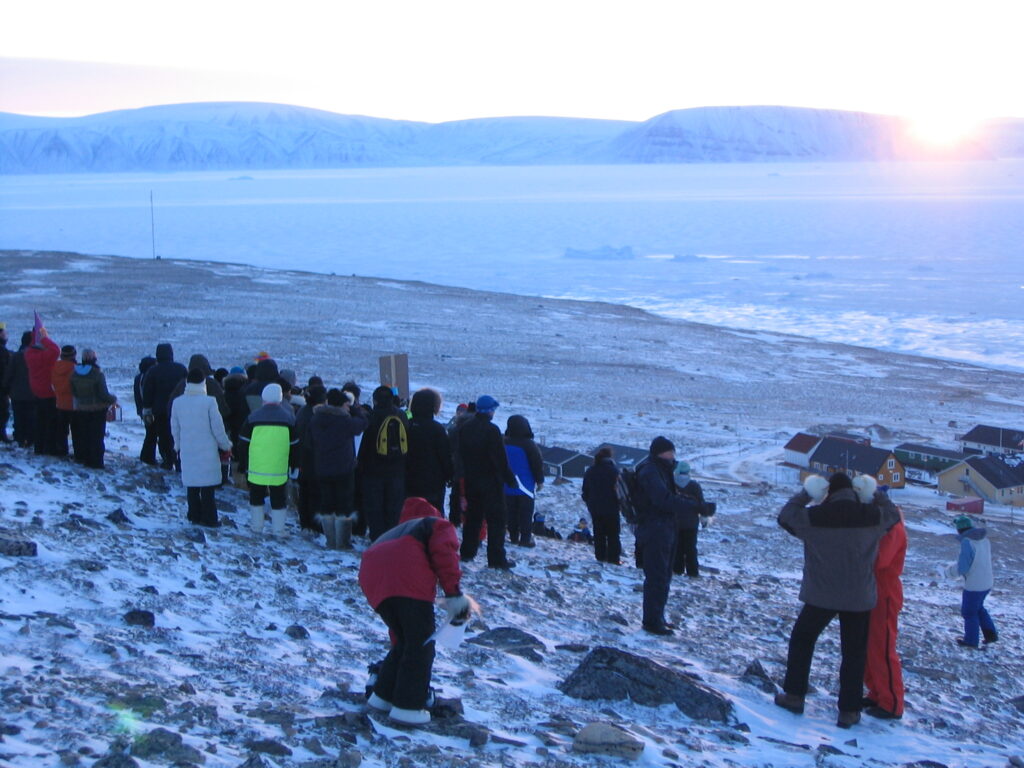
11:00 The consultations continue: One patient presents with tendinitis. He is a hunter, and it comes from holding the reins of the dog-sledge.
12:00 Lunch break: The nurse told me that a helicopter from Thule Air Base had just landed bringing eggs. There have not been any eggs in Qaanaaq for two weeks. I run down to the supermarket Pilersuisoq, where 15 boxes of eggs are left. I took two. I check the rest of the store out: Well stocked with mainly dry and canned foods. Dairy products and vegetables are frozen.
13:00 Visit to the retirement home. The lack of continuity is a problem, a new doctor coming in every 1-3 months. I do not know the patients, but try my best together with the leading nurse to go through and update all the prescriptions.
14:00 Call to the settlement Siorapaluk via the telemedicine platform ”Pipaluk”. I talk to the settlement health worker who presents a couple of patients, mainly with coughs and skin issues.
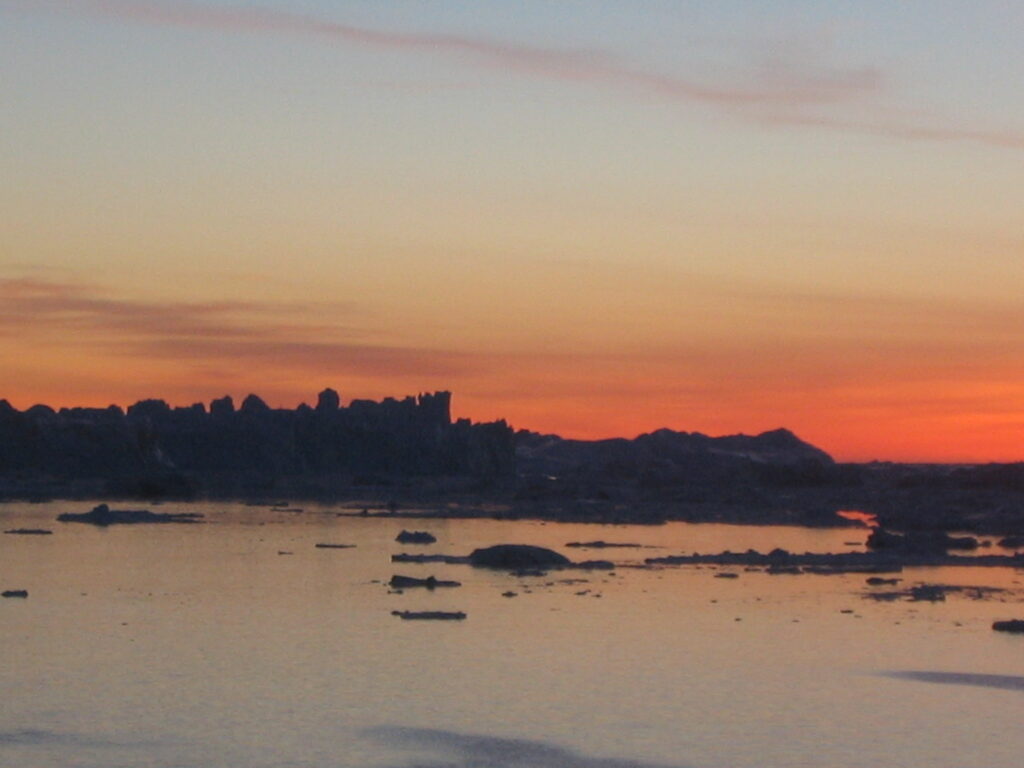
15:00 The visiting psychiatrist is here for her yearly visit. The secretary tries to get hold of all the villagers referred for psychiatric consultation. This includes arranging transport for those living in the smaller settlements around Qaanaaq: If they don´t make it this week, they have to wait a whole year until the next visit.
15:30 Off duty. It is minus 25 degrees Celsius now. I walk the 50 metes down the hill to the public library and shuffle through the books. There is a an interesting new book out on Knud Rasmussen, signed by the author. Knud Rasmussen is well remembered here in Qaanaaq and his sledge from the Thule expeditions can be seen in the Qaanaaq museum, the building itself being his old trade station (Thule Trade Station) moved up to Qaanaaq from Dundas.

16:00 In many ways the history is very much alive here: The descendants of Robert Peary are well respected as are the descendants of Matthew Henson, who was first on the North Pole together with Peary and perhaps the first one to actually touch the pole. Henson was a black man, and his descendants lived for many years in the small settlement of Moriusaq. Even now, three generations later, they may be distinguished by their slightly darker skin color.
18:00 Dinner with the visiting psychiatrist at the only hotel in town. Soup with seal is served. It tastes mainly of salt water.
21:00 A call from the police. A young man has committed suicide by hanging. He is 19. The police officer picks me up at my house and we drive to examine him and fill the necessary paper work. The suicide rate in Greenland is one of the highest in the world.
01:20 Another call from the police. They want to lace a man overnight in the detention, and a prior medical examination is mandatory.
Other posts on Greenland:
Working as a doctor in Greenland: Some basic facts.
24 hours working as a doctor in Nanortalik.
Life as a doctor on Thule Air Base.
Visit to Siorapaluk, northernmost settlement in Greenland.
A photogallery of my time as a doctor in Qaanaaq is available on flickr.

